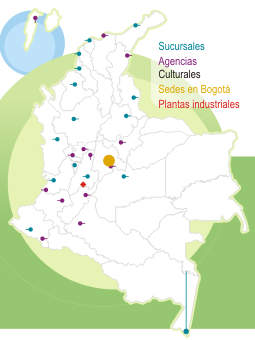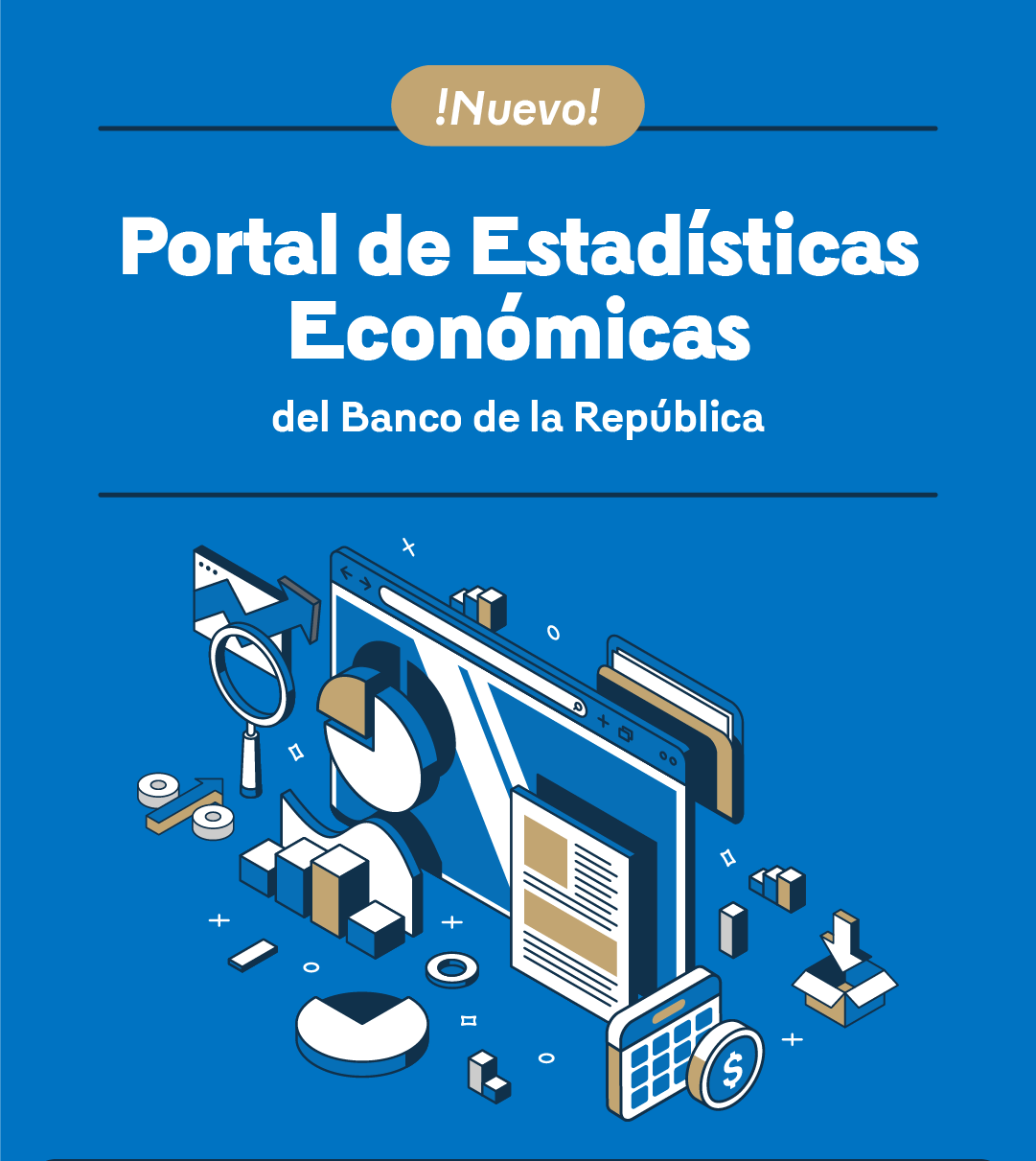Conclusions of the 88th Session of the Financial System Coordination and Monitoring Committee
During the 88th session of the Financial System Coordination and Monitoring Committee, held on Monday, December 04 between the Acting Minister, Diego Alejandro Guevara Castañeda, of the Ministry of Finance and Public Credit, the Governor of Banco de la República (the Central Bank of Colombia), the Acting Financial Superintendent, Felipe Noval Acevedo, the Director of the Financial Institutions Guarantee Fund (Fogafín in Spanish), and the Director of the Financial Regulatory Unit (URF in Spanish), the main trends of the leading indicators of the financial system and the outlook for the year 2024 were analyzed.
As of October 2023, credit institutions continue to exhibit adequate prudential indicators and are above the regulatory minimums that would allow them to absorb an eventual materialization of risks.
After observing a significant acceleration in the credit dynamics during 2022, intermediation activity has adjusted in an orderly manner during 2023 and in accordance with expectations so far in 2023. Portfolio growth in the different types of loans has decelerated, especially consumer portfolio. Likewise, the materialization of credit risk has been evidenced, particularly in consumer loans and, more recently, in microcredit loans.
After a joint analysis of the main indicators, the Committee concluded that the financial system maintains prudential indicators above the regulatory minimums. However, there are still some risk factors mainly associated with consumer, microcredit-, and commercial loan performance, which has led to prioritizing supervision activities and monitoring exercises on the management by the institutions and their equity capacity to face different scenarios.
Key Indicators Reviewed During the Session
As anticipated in previous sessions, a continued slowdown in the overall portfolio dynamics of the financial system is evident, mainly explained by consumer financing trends. The total non-performing loans indicator for September stood at 5.49%. In turn, the coverage ratio through provisions is higher than 100%
Regarding the consumer portfolio, figures suggest that deterioration persists in line with the credit cycle, reflected in increased non-performing loan portfolio and portfolio at-risk.
Households have reduced their financial burden and debt levels, while savings have recovered to values close to those observed before the pandemic.
As for corporate loans, the information available exhibits continued moderation in portfolio growth, while the non-performing loans indicator and the quality risk indicator show slight deterioration but remain close to the average of the last 5 years. Microcredit continues with positive real growth, although an acceleration in the non-performing loan portfolio dynamics has been observed.
Consistent with portfolio performance, the profitability of credit institutions has declined since late 2022. This decrease is mainly explained by higher loan-loss provisions and a decline in net interest margins, coinciding with the greater deterioration in consumer, microcredit, and commercial portfolios, as well as some funding cost pressures.
Credit institutions continue to exhibit capital and liquidity levels that would allow them to face various higher-risk scenarios. Adequate regulation and supervision, together with prudent financial institution behavior, have maintained solid solvency and liquidity levels over time. Authorities emphasized the importance of ensuring that institutions maintain this solidity in the face of specific risks.
Members also discussed developments in the implementation of the recommendations of the Financial Sector Assessment Program (FSAP) of the International Monetary Fund (IMF), concluding that there has been progress in prudential and risk management matters. Noteworthy developments include the issuance of Decree 1533 of 2022, which outlines the conditions applicable to large exposures of credit institutions, and External Circular 025 of 2022, which regulates the management of interest rate risk in the trading book.
Conclusions
The members of the Committee concluded that the leading indicators of the financial system through October 2023 align with expectations and risk analyses conducted since late last year. The current regulations and their best practices, the existing macroprudential policy framework, and the supervisory measures adopted to strengthen risk management, enable credit institutions to mitigate the impact of the deterioration of the portfolio observed throughout the year and foreseeable risks for 2024.
For more detailed information on the key trends of the financial system, see the following reports:






































































